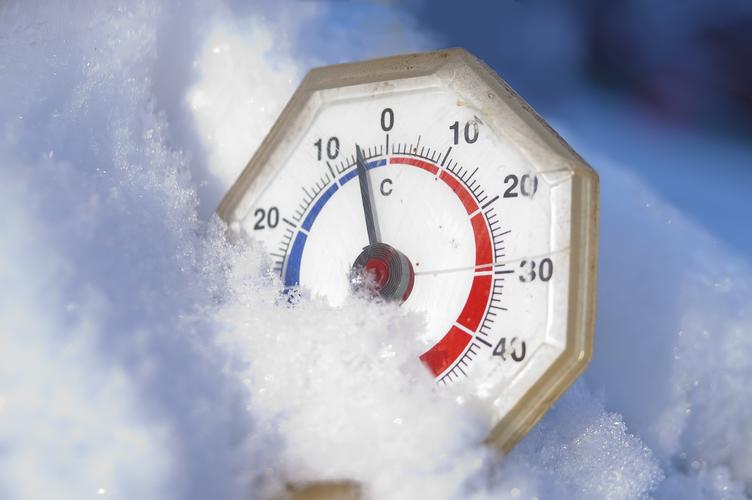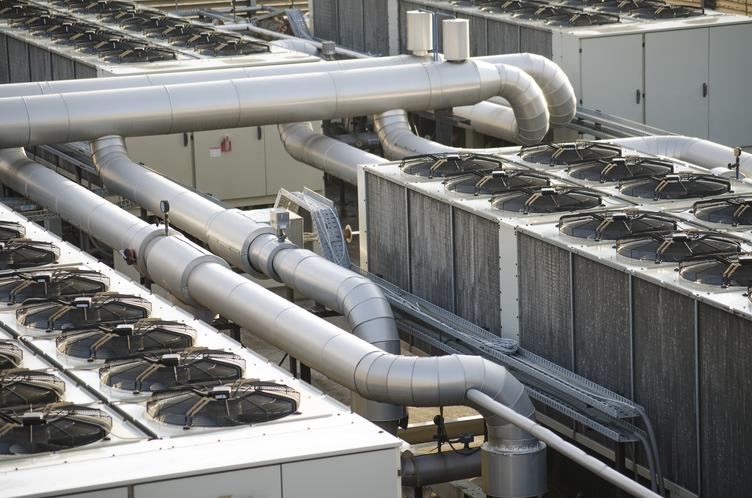Absorption refrigeration – cooling from heat
The huge variety of today's product palette is reflected in the great differences between and complexity of the necessary production conditions. In addition to power, some processes require steam, hot water and cooling. These different forms of energy can be generated together through the use of combined cooling, heat and power (CCHP) stations and can therefore be supplied in a highly efficient manner.
Even companies that have no significant need for heating can take advantage of CHP by using the excess heat for cooling purposes with the aid of absorption chillers. Thus, absorption refrigeration technology offers a way to make expedient use of the motor heat from a CHP unit, and therefore to supply production processes with cooling, power and, if required, with steam and hot water.
Expedient use of combined heat and power motor heat
In order to remain competitive, many companies in the industrial sector depend on low energy costs. Their competitiveness can be threatened by successive increases in the state mandated pricing components such as the EEG levy added to the price of electricity. Because only a small number of companies are exempt from the EEG levy, the majority of firms are affected by it.
One solution for these companies is to generate their own electricity on site, as this approach benefits from reduced levies. This can lead to an overall reduction in the cost of power, despite a larger capital expenditure and ongoing costs, for example for maintenance and repairs. Motor-driven CHP unit is often the technology of choice due to the comparatively lower capital investment requirement. In addition to power generation, the hot exhaust gasses can be used for the production of steam, which can then be fed into the factory distribution grid. Systems that generate heat and power at the same time are referred to as combined heat and power systems and are characterised by their high fuel utilisation ratios and, therefore, by their environmental-friendliness. Because their special characteristics and efficiency, systems of this type are eligible for state subsidies and therefore contribute to lower energy costs.
In the course of cooling the engine in a CHP unit, the cooling water is heated to around 90 °C. But, to ensure that the engine is sufficiently cooled, the cooling water needs to be cooled down again to around c. 70 °C. It has been shown that most companies in the production sector have an electricity and steam requirement that can at least be partially covered with the aid of a CHP unit. However, many companies have only a very limited or no requirement for hot water. To operate a CHP unit in an efficient, economically sound and environmentally-friendly manner, it is necessary to make expedient use of the excess heat. Absorption refrigeration units are ideally suited to this purpose. In some circumstances, it only becomes feasible to operate a CHP unit or else to install a higher performing CHP unit that can cover a higher percentage of the energy requirement, if it is used in conjunction with absorption refrigeration units.
We embody partnership –
find your contact.
With more than 70 locations throughout Europe, we are always at your doorstep.
Contact us. We are here for you.

